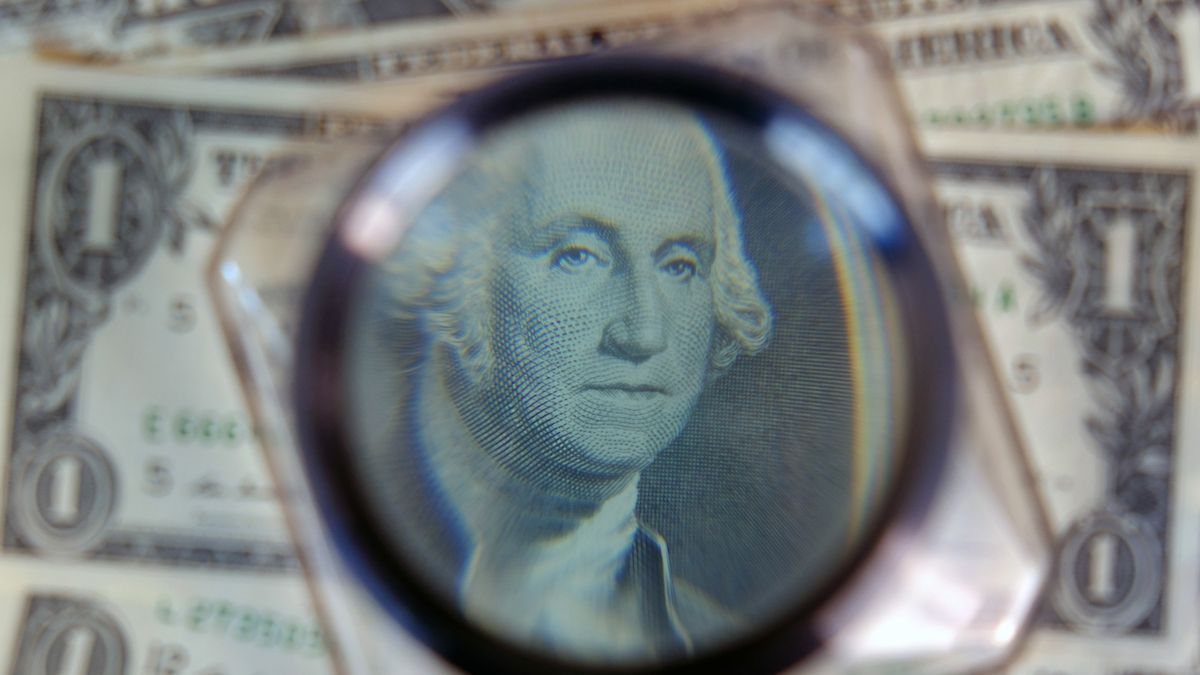Argentina is in a moment of uncertainty. Behind the 22% devaluation in the currency after knowing the STEP results, the main recognized economists in the city begin to rewrite their predictions for the remainder of the year. One of them is the consulting firm Romano Group, which recently provided the three possible scenarios for the General Elections and the impact it will have on the dollar.
-
BASE scenario (65% probability)
– Official dollar: it is not enough with the post-STEP devaluation. In the last part of the campaign, the BCRA will again be forced to devalue at the inflation rate, mainly to avoid losing competitiveness due to the transfer to the price of the devaluation already made. The gap above 100% is the biggest impediment to keeping the exchange rate fixed, where it is likely to put pressure on agricultural sales.
– Estimating a inflation average of 12% per month for August-September, to maintain the fixed exchange ratethe end of the 2023 quarter would be reached with a more appreciated official exchange rate than before having devalued post-STEP 2023. That exchange rate would give today’s prices $280 vs. $287 pre-STEP.
– Dollar Future: We expect greater volatility ahead of the October general elections on futures contracts, with a market that has not believed in the feasibility of maintaining the fixed exchange rate at $350.
– Inflation: We consider double-digit inflation for the coming months, with the possibility of worsening and reaching the elections with average monthly data of 12% (annualized 290%). The inflation data for September is prior to the elections.
– Financial Dollars: We believe that capital controls are increasing, with a gap above 100%. They will try to use the MEP as an anchor for the possible overshoot of informal dollars.
-
PESSIMISTIC Scenario (15% probability)
The main driver of this scenario is non-cooperation between presidential candidates, with its impact on the lack of control of economic variables. Tension between ruling party and opposition on the rise.
– Official exchange rate: the exchange pressure resulting from a consistently growing gap of 140-150% leaves the BCRA without tools, therefore, the official exchange rate is released clumsily, generating strong instability in the price system, with constant increases. This would generate a strong weakening of the official political power, with serious governance problems. The transition would become dramatic. The disbursement with the IMF projected for November would be in danger.
– Inflation: spiralization approaching a hyperinflation scenario at levels above 20% per month, where the nominal race between wages and prices would increase, without finding an anchor. The indexing of the economy would become uncontrollable.
– Financial Dollars: with a widening of the gap as mentioned above, it forces the devaluation and liberalization of the official exchange rate.
– Among the negative factors that can increase the exchange rate gap: a sustained worsening of the consequences stated in the base scenario, with considerable deterioration in variables such as: poverty, activity, greater social conflict, inflationary spiralization.
-
OPTIMISTIC scenario (20% probability)
The market absorbs as positive that 60% of the voters opted for a pro-market proposal, and there is the expectation of possible agreements between said forces to continue towards the reforms that the economy needs.
• official exchange rate: They manage to maintain the official exchange rate at $350, despite greater exchange pressure due to the gap and appreciation of the exchange rate due to rising inflation but without spiraling. The November IMF disbursement would not be at risk.
• Dollar Future: The BCRA arrives with tools to manage to contain the expectations of future devaluation.
• Inflation: We believe that in August and September there will be an acceleration in the price movement, but without spiraling, with an average below 10% per month.
• Financial Dollars: decreases the gap below 100%, returning to levels of June 2023.
Source: Ambito
I am a 24-year-old writer and journalist who has been working in the news industry for the past two years. I write primarily about market news, so if you’re looking for insights into what’s going on in the stock market or economic indicators, you’ve come to the right place. I also dabble in writing articles on lifestyle trends and pop culture news.




